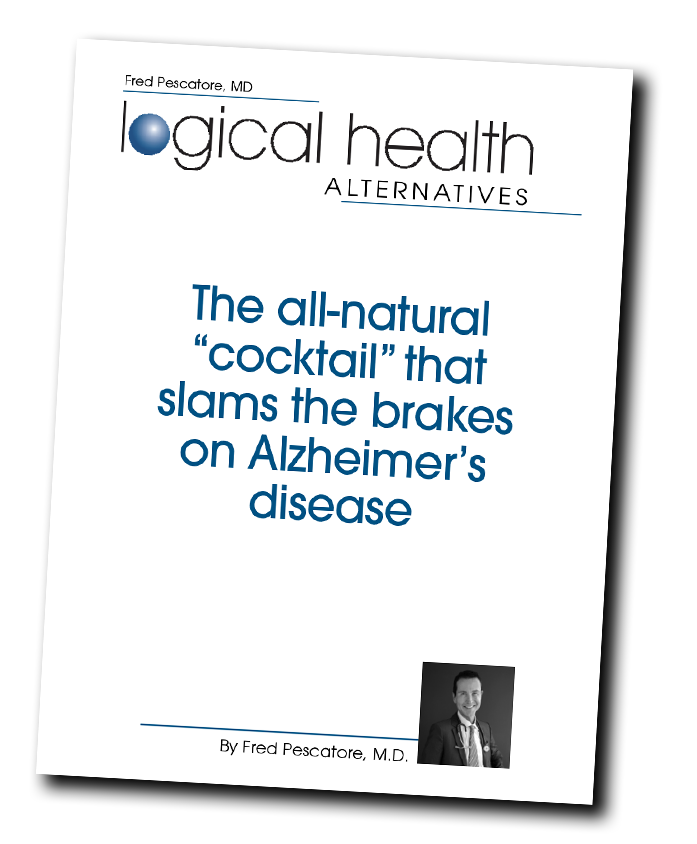Fall allergy season will be here before you know it. So it’s time to get a head start. Because I’ve found that taking a few simple steps before the season is in full swing can make a big difference in your symptoms.
And there’s some new research that supports one natural allergy and asthma remedy that I’ve been recommending to my patients for many years. Vitamin D.
In this study, researchers looked at over 1,000 children with mild to moderate persistent asthma. And they discovered that the traditional treatment (inhaled corticosteroids) didn’t work as well in kids with low levels of vitamin D.
They are finally coming around. But what they don’t acknowledge is the troubling fact that kids really don’t need these types of inhalers at all!
What troubles me the most about inhaled steroids is that their long-term use has never been adequately studied. Yet they are doled out like candy these days. Anytime you go to a doctor with a cold or cough or some other relatively benign condition, you won’t just be handed a prescription for an antibiotic, but a prescription for an inhaled steroid, too.
But, despite how casually mainstream medicine treats them, these are not harmless medications. They have been linked to increased risk for weight gain and diabetes, as well as bone loss, fractures, and osteoporosis.
And now this study shows that these inhalers aren’t very effective if your vitamin D levels are sub-par–which is true for most of the population these days.
In this study, the children with lower vitamin D levels showed less improvement over the course of a year than children with normal levels. The authors also noted that the prevalence of both asthma and vitamin D deficiency have increased in recent years, suggesting the two may be linked. (“May be” is typical science-speak for “definitely.”)
However, even the levels of vitamin D that they considered “normal” in this study were too low.
When it comes to the way the mainstream measures nutrient levels, there are “normal” ranges and there are “optimum” ranges. And you should always shoot for optimum.
When you have your blood level of vitamin D 25 hydroxy measured, most doctors will tell you that 30 ng/ml is “normal.” But the fact is, for optimal health, you want your level to be much higher–70 to 80 ng/ml. (And, for the record, any number lower than 20 is deficient.)
To boost levels to that optimum range, I recommend at least 2,000 to 5,000 IU per day of vitamin D3 (the active form of the nutrient).
From what I’ve seen in my practice, getting an adequate dose of vitamin D can make a big difference in allergy and asthma symptoms all by itself. No inhalers required.
Source:
“The Effect of Vitamin D and Inhaled Corticosteroid Treatment on Lung Function in Children,” Am J Respir Crit Care Med 2012; July 12 (epub ahead of print)

